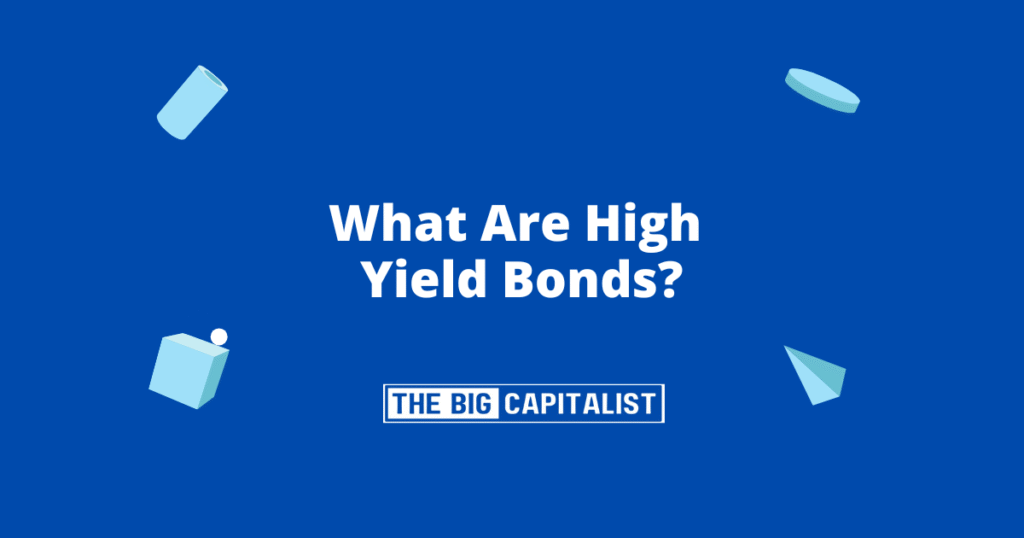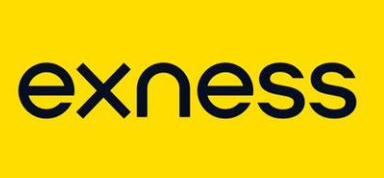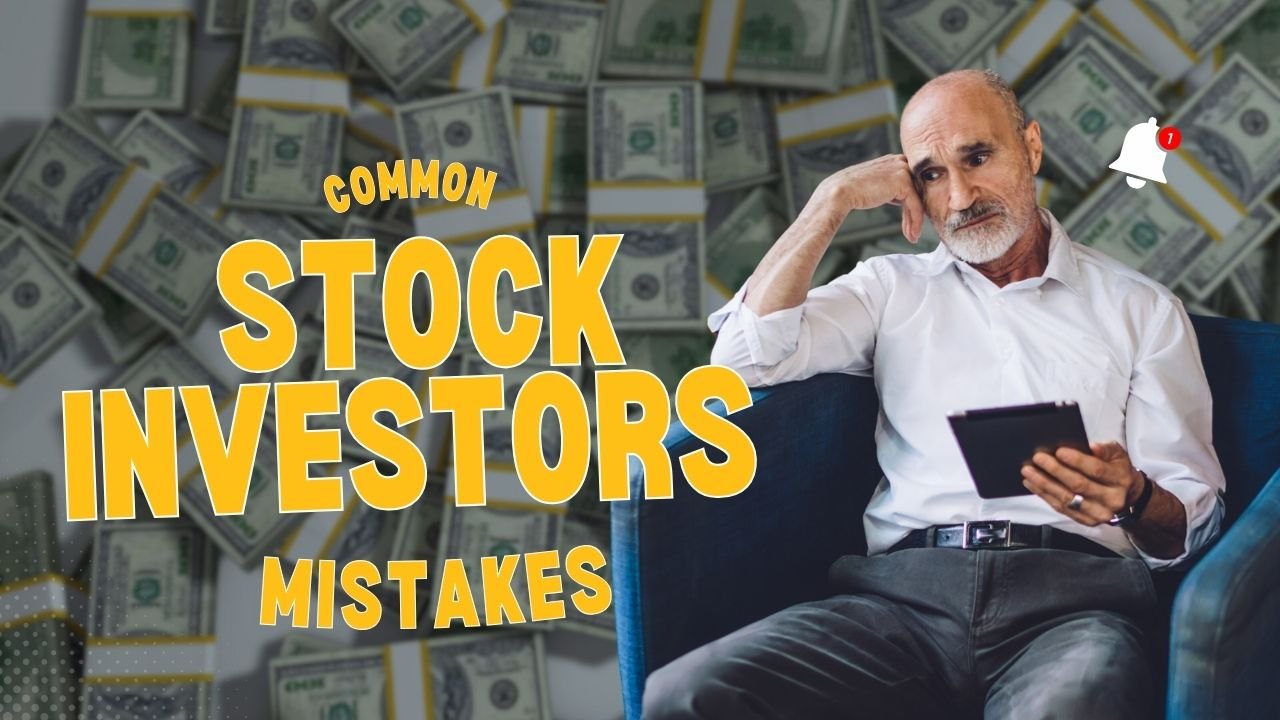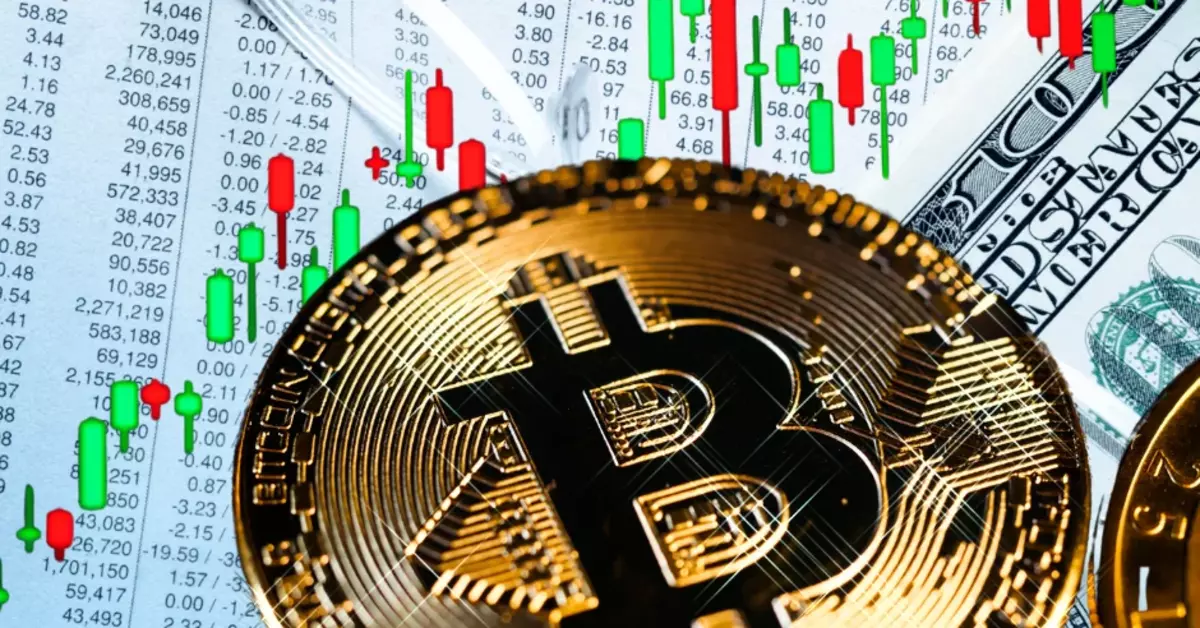When it comes to investing, understanding the spectrum of risk is crucial. One investment option that often comes up in discussions about high-risk investments is junk bonds, which are sometimes referred to as high yield bonds. These high yield bonds have high potential returns but also significant risks. In this article, we’ll explore what they are, the risks involved, and what potential investors should consider before diving into the market.
Why Do Companies Issue them?
Companies may issue junk bonds for several reasons. Often, these are companies that are in financial distress or are start-ups without a long credit history. They might also be companies looking to finance ambitious growth plans, which are too risky for traditional lenders. By offering a higher yield, these companies can attract investors willing to take on more risk, even with high yield bonds.
Who Buys Junk Bonds?
Junk bonds are typically bought by investors who are comfortable with high-risk investments. These can include institutional investors like hedge funds and mutual funds, as well as individual investors looking to diversify their portfolios with high-yield options. It’s important to note that investing in high yield bonds requires a thorough understanding of the market and the specific companies involved.
Risks Associated with Junk Bonds
While junk bonds, including high yield bonds, can offer attractive returns, they come with a variety of risks that investors need to be aware of.
Credit Risk
Credit risk is the risk that the issuer of the bond will default on their payments. Because junk bonds are issued by companies with lower credit ratings, the likelihood of default is higher than with investment-grade bonds. This makes it crucial for investors to assess the creditworthiness of the issuer before investing in high yield bonds.
Interest Rate Risk
Interest rates have a direct impact on bond prices. When interest rates rise, bond prices typically fall, and vice versa. Junk bonds are particularly sensitive to interest rate changes because they are often issued with longer maturities. An increase in interest rates can lead to a decrease in the market value of junk bonds, especially high yield ones, affecting their resale value.
Market Risk
Market risk refers to the potential for investment losses due to factors affecting the overall financial markets. High yield bonds are subject to market volatility, and economic downturns can significantly impact their value. During periods of economic stress, these bonds may experience larger price swings compared to more stable investments.
Liquidity Risk
Liquidity risk is the risk that an investor might not be able to sell their junk bonds quickly without affecting the bond’s price. High yield bonds, being part of junk bond segments, are often less liquid than investment-grade bonds, meaning there are fewer buyers and sellers in the market. This can make it challenging to sell junk bonds at a favorable price if the market conditions change suddenly.
Evaluating Junk Bonds
Given the risks associated with junk bonds, including high yield ones, it’s essential for investors to carefully evaluate them before investing. Here are some steps to consider:
Analyze the Issuer
Before investing in a junk bond, it’s crucial to analyze the financial health of the issuing company. Look at their financial statements, business model, and industry trends, especially if considering high yield bonds. Understanding the issuer’s ability to generate cash flow and service its debt is key to assessing risk.
Assess Bond Ratings
Bond ratings from credit agencies like Moody’s or Standard & Poor’s can show the risk level of a junk bond, particularly those categorized as high yield bonds. While these ratings are not foolproof, they can help investors gauge the likelihood of default.
Diversify Your Portfolio
Diversification is a strategy that can help mitigate risk, including the risk of high yield bonds. Investors can lower the risk of losing money by spreading their investments. They should invest in different asset classes, industries, and regions. This way, if one investment does poorly, it won’t hurt their entire portfolio as much.
Consider Professional Advice
Given the complexities and risks of junk bonds, especially high yield ones, consulting with a financial advisor or investment professional can be beneficial. They can provide guidance tailored to your financial situation and investment goals.
Conclusion
High-yield bonds can be an attractive option for investors seeking higher returns, but they come with significant risks. Understanding these risks and conducting thorough research is essential for anyone considering this type of investment. To make better choices about high-yield bonds, evaluate the issuer and check bond ratings. Diversify your portfolio and seek professional advice. This way, you can decide if these high yield bonds are the right investment for you.
In the world of high-risk investments, junk bonds occupy a unique position. With their potential for high returns balanced against the risk of default, they require a careful and considered approach. As with any investment, understanding the risks and rewards is key to making sound financial decisions.
Frequently Asked Questions about High Yield Bonds
Q1: What are high-yield bonds?
Debt securities issued by companies with lower credit ratings, offering above-average interest rates to compensate for higher default risk.
Q2: Why do companies issue them?
To raise capital when they have limited access to traditional financing often for start-ups, turnarounds, or ambitious expansion projects.
Q3: Who typically buys high-yield bonds?
Institutional investors (e.g., hedge funds, mutual funds) and risk-tolerant individuals seeking greater income than investment-grade bonds can provide.
Q4: What is the primary risk?
Credit (default) risk—issuers may miss interest or principal payments if their financial health deteriorates.
Q5: How do interest rate movements affect these bonds?
When rates rise, bond prices fall; long-dated high-yield bonds are especially sensitive to rate hikes.
Q6: What is liquidity risk?
The chance you can’t quickly sell your bond at a fair price due to fewer buyers in the secondary market.
Q7: How should I evaluate a high-yield bond?
Review the issuer’s financial statements, check ratings from Moody’s or S&P, and consider macroeconomic conditions.
Q8: How can I reduce risk when investing?
Diversify across issuers and industries, limit exposure per bond, and consider bond funds or ETFs for built-in diversification.
















